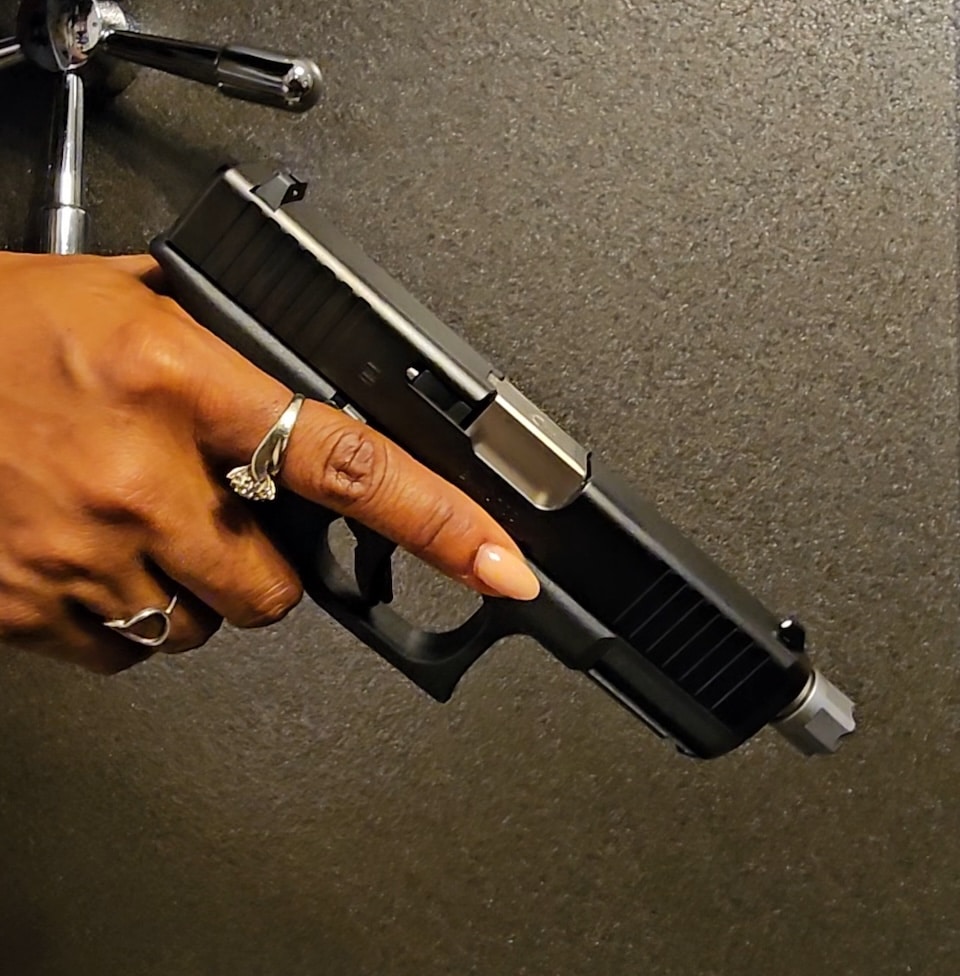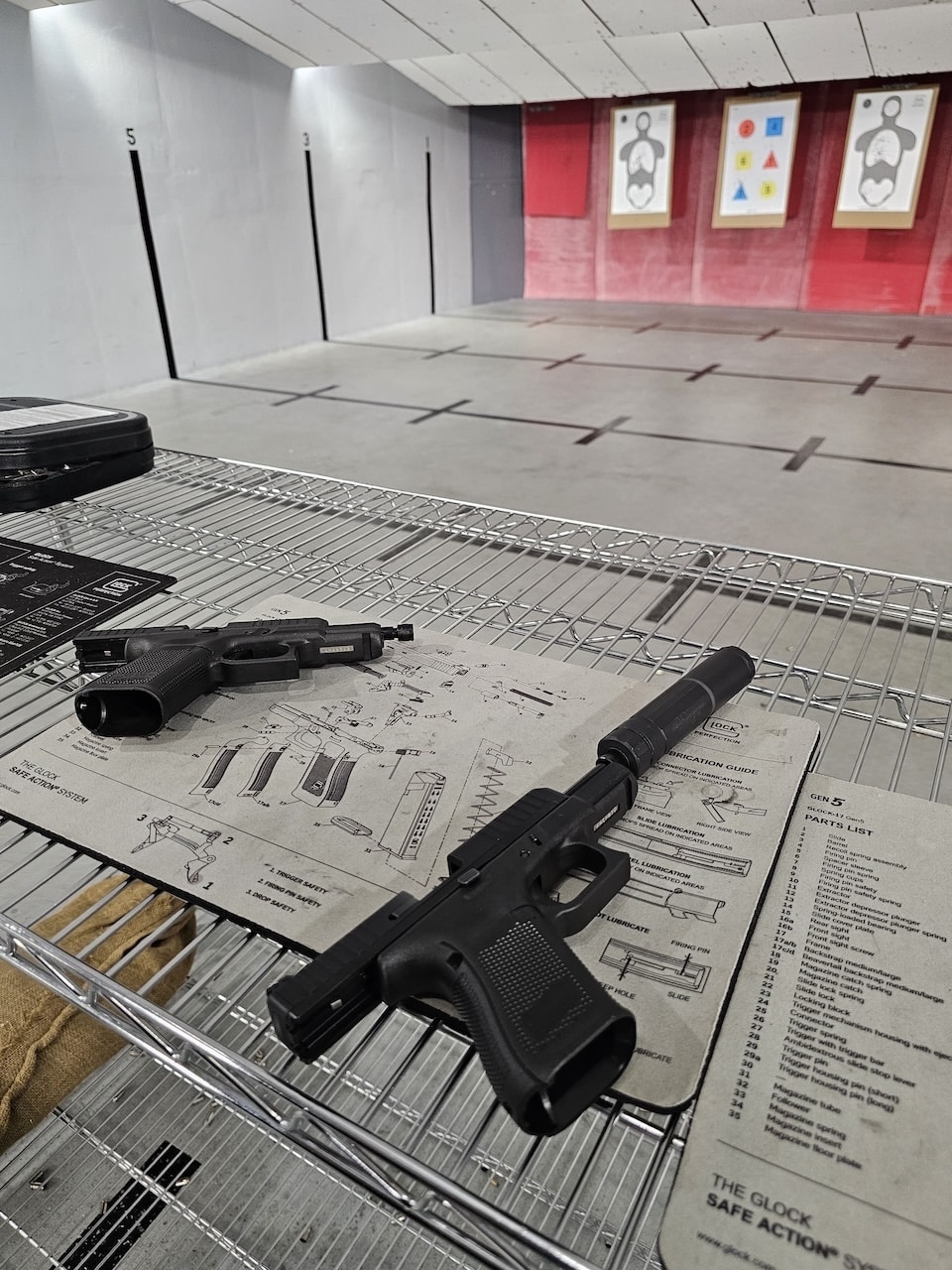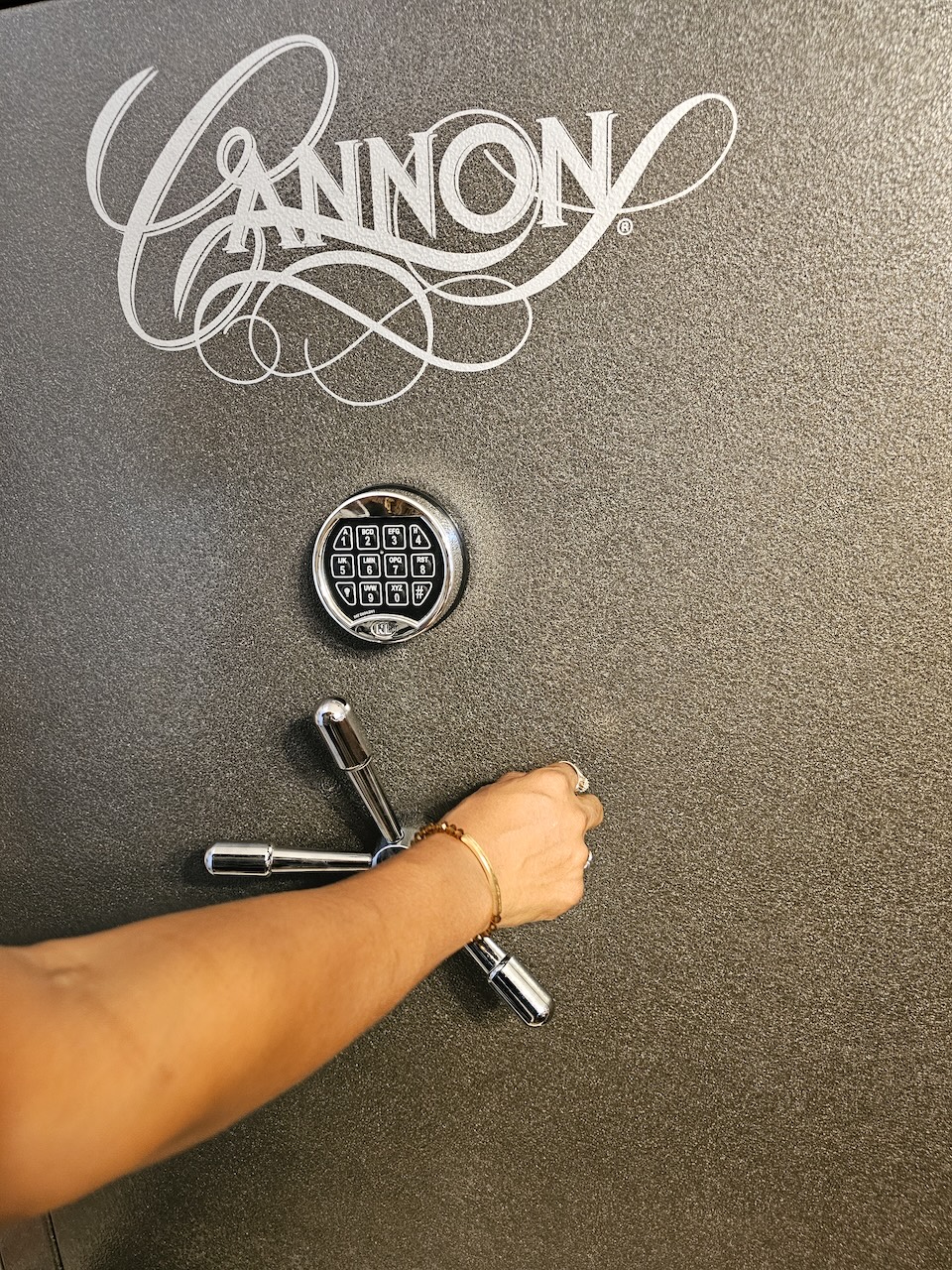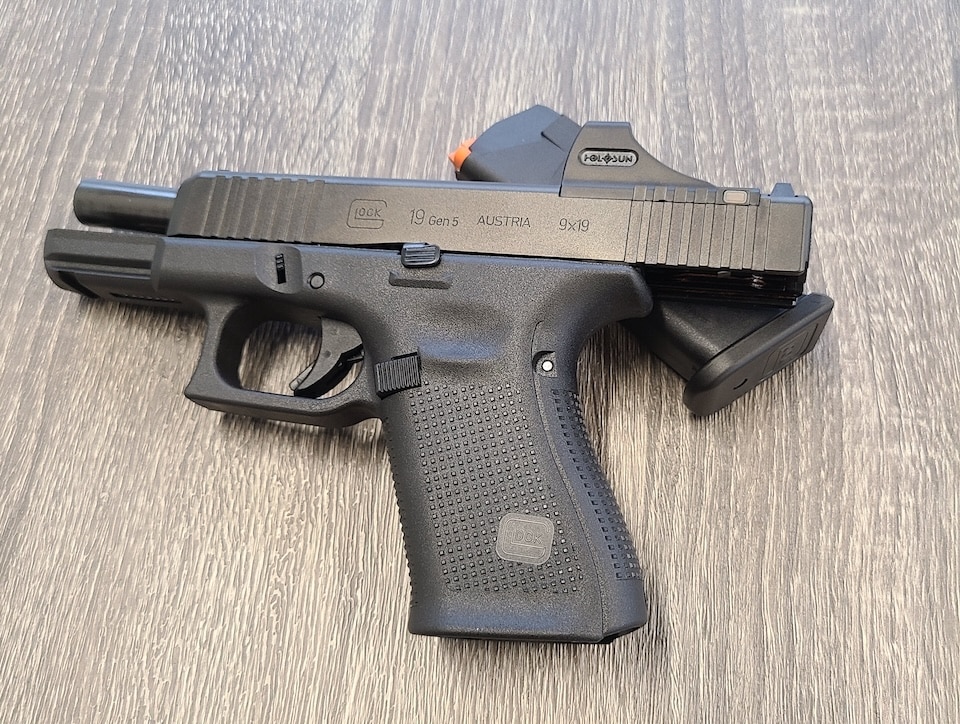In this article, Avery Skipalis explains essential practices for responsible gun ownership on and off the firing range.
Firearm safety is a crucial responsibility for all gun owners, whether for self-defense, sport shooting or hunting. Understanding and practicing the core principles of gun safety minimizes the risk of accidents and ensures firearms are used responsibly. This article highlights critical safety measures that every gun owner should follow to protect themselves and others.
1. Always Treat Every Firearm as if It Is Loaded
One of the most fundamental rules of firearm safety is to assume that a firearm is always loaded, even if you believe otherwise. This mindset helps eliminate complacency and ensures careful handling at all times. When handling a firearm, check to confirm if it is loaded by safely inspecting the chamber and magazine. Even after verifying that it is unloaded, continue treating the gun with the same caution.
2. Keep Your Finger Off the Trigger Until Ready to Shoot

Maintaining proper trigger discipline is essential to prevent unintended discharges. A good practice is to rest your finger along the frame of the firearm or trigger guard until you are ready to fire. This prevents accidents, especially in high-stress situations where reflex actions may occur. Developing this habit ensures that the firearm is only fired when intended.
3. Always Point the Muzzle in a Safe Direction

A safe direction ensures that if a firearm discharges, the bullet will not cause injury or property damage. This direction depends on your environment—for example, the ground may be a safe option when outdoors, while indoors, it could mean keeping the firearm pointed toward a designated backstop. Muzzle awareness is especially critical when moving firearms between storage, holsters or gun bags.
4. Know Your Target and What’s Beyond It
Before firing, identify your target and ensure nothing behind it could be harmed if the bullet passes through. Bullets can penetrate walls, trees and other obstacles, making it essential to know what lies beyond your intended target. At a shooting range or in the field, this practice ensures that only the target is affected by the shot.
5. Store Firearms Securely When Not in Use

Proper storage protects both the firearm and members of the household. Firearms should be unloaded and stored in a secure location, such as a gun safe or lockbox, out of the reach of unauthorized individuals—particularly children. Ammunition should be stored separately to reduce risks further. Modern gun safes are often equipped with biometric locks, combination systems or keyed access to enhance security.
6. Use the Correct Ammunition and Maintain Your Firearms

Using the correct ammunition is essential to avoid malfunctions or catastrophic failures. Always refer to the manufacturer’s guidelines to match the ammunition with the firearm. You can also check the magazine; the caliber is typically printed somewhere on the firearm, for example, the barrel. Routine cleaning and maintenance ensure that firearms function properly and safely. Regular inspections help detect worn-out parts, reducing the chance of misfires or mechanical failures.
7. Enroll in Safety Training Courses
Even experienced gun owners benefit from firearm safety courses. Training programs offered by certified instructors cover topics such as the practical and legal aspects of safe firearm use. These courses often include hands-on practice, safety drills and real-world scenarios to build confidence and competence.
Skip’s Takeaway
Firearm safety is not just about following a checklist but a lifestyle of continuous commitment to responsible ownership. Practicing these essential safety principles helps prevent accidents, promotes responsible behavior and ensures firearms are used safely and in a controlled fashion. Whether you are a new gun owner or have years of experience, adherence to these guidelines is critical for safeguarding lives and upholding the values of responsible gun ownership.
Avery Skipalis is the owner of Skip’s Tactical Solutions, an organization that focuses on empowering women, men and children to make sure that no one else becomes a victim. She gained her firearms experience from the military where she’s been a military firearms instructor for 10.5 years. She’s also a certified NRA rifle and pistol instructor and Glock Advanced Armorer since 2015. She’s attended Sig Sauer Academy, FNH, Special Operations Command Armorers courses as well as multiple Advanced Shooting Schools across the United States. She resides in Florida with her husband and 2 kids. She’s currently serving in the United States Air Force and loves sharing her passion with others. She thinks it’s important that women also feel like they’re in control of their own safety. View all posts by Avery Skipalis